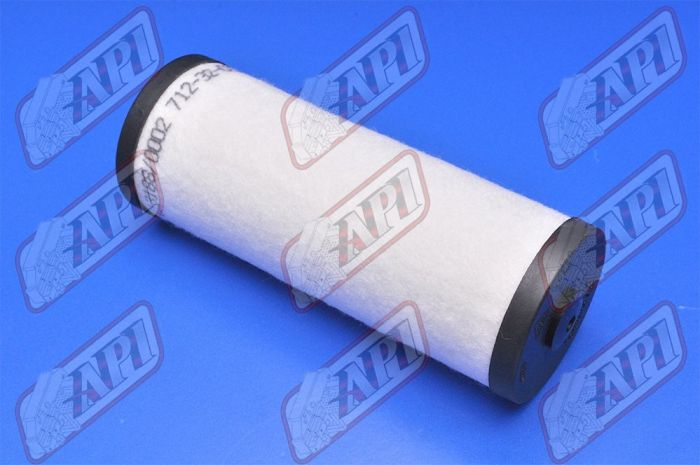Have you wondered how the things around us are made? Most of them are the result of laser system operations. From industrial uses like cutting, marking, and welding to medical applications like scanning, precision tool manufacturing, and the luxury industry for finishing and imprinting, laser applications extend as far as possible.
So, does every industry use the same type of laser? No, there are multiple types of laser with a wide range of applications. Brands like Prima spare parts and Bystronic parts provide components based on their type.
Here are some commonly used laser techniques.
1. Gas Lasers
In a gas laser, an electric current discharges through a gas to produce coherent light. As they convert electrical energy to light laser output, they were the first continuous laser. The first gas laser was introduced in 1960 when Iranian-American physicists Ali Javan and William R. Bennet invented the Helium-Neon laser (He-Ne).
Due to low cost and high coherence, he-Ne lasers are used in optical research and educational labs. C02 lasers have the capacity to emit 100 watts in one spatial mode. Hence, they are used for cutting and welding.
2. Chemical Lasers
Chemical lasers generate energy through chemical reactions. They emit radiation and thus serve best in the military. However, when combined with gases, they prove helpful for various industrial applications too. For example, a high power COIL transmitted by fused silica-fiber optics can be used for cutting and welding.
The chemical reaction used in the lasers is based on the excitement of HF* and DF* molecules.
3. Excimer Lasers
An excimer laser, also known as exciplex laser, is a form of an ultraviolet laser. Here, the laser technology uses a particular gas laser driven by an electric charge, where the lasing medium is excimer. Excimers are the molecules that exist with an atom in an excited electronic state. These lasers operate at a wavelength of ultraviolet and are used to produce microelectronic devices, semiconductor based circuits, eye surgery, micromachining, etc.
4. Solid State Lasers
A solid state laser uses a solid medium rather than liquid as in dye laser or gas in gas laser. It uses glass or crystalline rod that is doped with ions, providing energy states. It is used for developing defense equipment.
The common type of solid state laser is neodymium laser. Note that semiconductor-based lasers are in the solid state, but they are of different classes.
5. Fiber Lasers
The most commonly used laser for industrial applications such as cladding, cutting, engraving, marking, hardening, and welding is a fiber laser. Here, the guided medium for total internal reflection is an optical fiber. As light travels a long distance, it provides cooling conditions. The high surface-to-volume ratio increases the cooling effect.
Fiber lasers have an expected life of 100,000 hours, which is typically 45 years of use. Hence, they make the best choice for industrial purposes. Also, brands like Bystronic provide high-quality Bystronic parts to increase the laser’s life span.
6. Free Electron Lasers
Free electrons, as the name says, are not bound to molecules or atoms. They use a relativistic electron beam and cover a wide range of wavelengths from microwaves to infrared and X-rays. As the electrons are free of state, they have a broad range of wavelengths.
Types of Laser Operations
Though there are multiple types of lasers, they operate in 2 different forms - continuous wave operation and pulsed operation. In continuous-wave operation, the beam imparts power for an extended period of time. Pulse operations, on the contrary, provide an optical power in pulses, repeated over time. They are customized for time frame output power.
By this, we hope that you have got an idea about the laser types. In the following article, let’s learn how laser technology impacts our daily life.
Source: https://altpartsinc.wixsite.com/altpartsinc/single-post/types-of-lasers-and-their-applications




